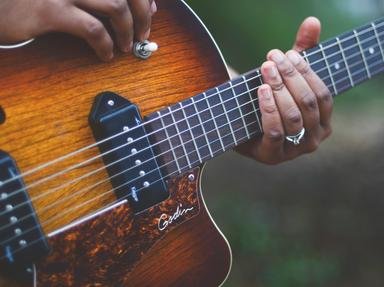Quiz Answer Key and Fun Facts
1. Considered to be the first commercial recording of the music that has come to be recognised as the 'blues', "Crazy Blues" was recorded by which songstress?
2. Known as the 'Empress of the Blues' which Tennessee born entertainer made it big in 1923 with her rendition of Alberta Hunter's "Downhearted Blues"?
3. Often billed as 'The Original' which 'Classic' blues artist is best remembered for her rendition of "Hoodoo Blues"?
4. Called 'Kid Douglas' on the Beale Street blues scene, Lizzie Douglas adopted which moniker when she released her 'Classic' blues hit "Bumble Bee" for Columbia Records in 1929?
5. Influenced by Mamie Smith, which Texan singer became a success at the age of sixteen with the release of her recording "Black Snake Blues"?
6. Appearing as 'Queenie' in the first London production of "Showboat" (1928) which 'Classic' blues singer penned the highly acclaimed "Downhearted Blues" in 1922?
7. Performing alongside the notable Jelly Roll Morton, which 1920's singer wrote one of blues' standards, "Death Letter Blues"?
8. Dubbed 'The Texan Nightingale' which 'Classic' blues singer recorded the song "Special Delivery Blues" with Louis Armstrong?
9. Which 'Classic' blues singer performed with the Rabbit Foot Minstrels, had a hit in 1924 with the song "See See Rider" and was often billed as the 'Mother of the Blues'?
10. Which 'Classic' blues vocalist had a voice as cool as her name that when she worked on the same bill as Bessie Smith, 'The Empress of the Blues', Smith demanded that she not be allowed to sing the blues?
Source: Author
pollucci19
This quiz was reviewed by FunTrivia editor
kyleisalive before going online.
Any errors found in FunTrivia content are routinely corrected through our feedback system.

